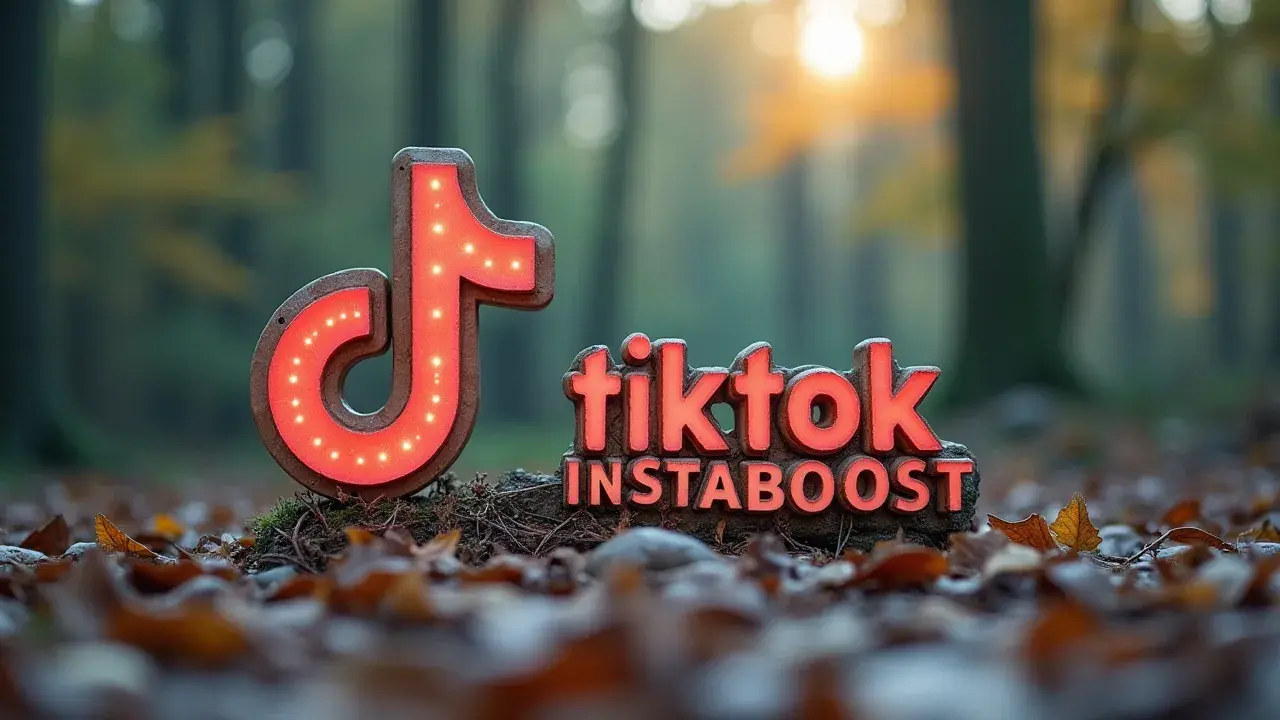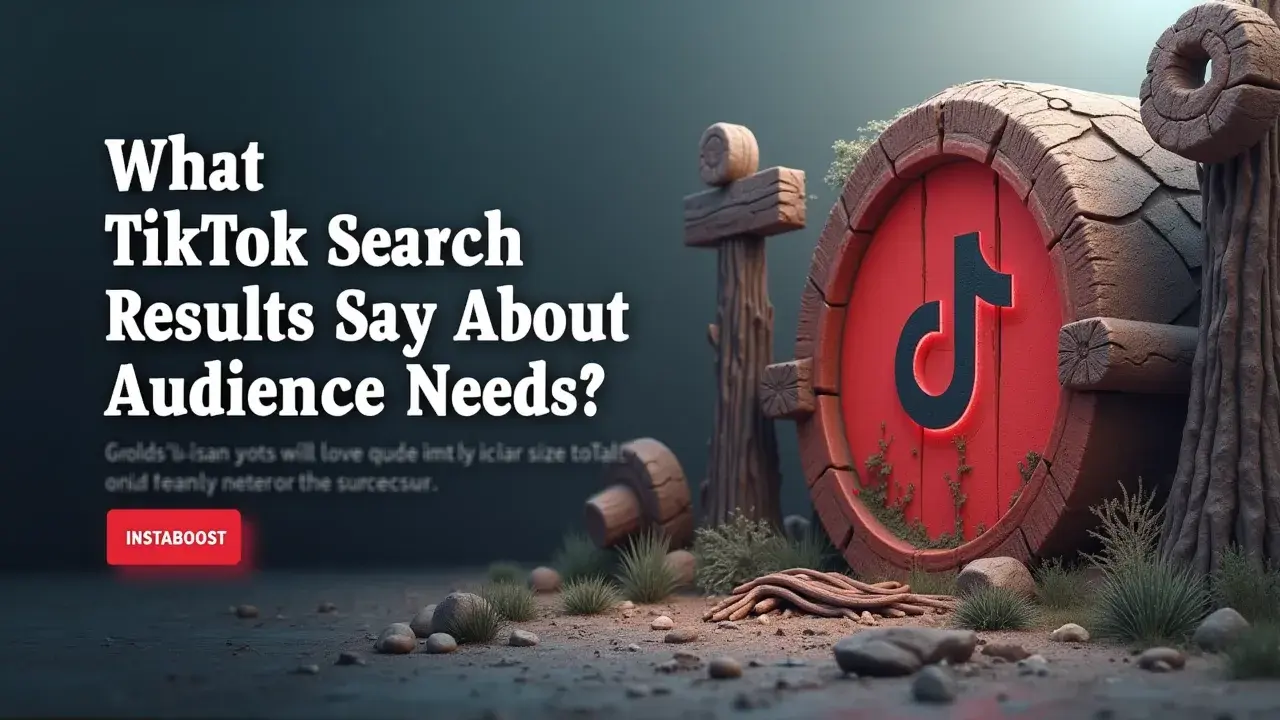What Do TikTok Search Results Reveal About Audience Needs?
TikTok search results highlight active interests and shifting questions from real users. They expose underlying intent by surfacing recurring queries, related terms, and patterns that point to curiosity and unmet content needs. Interpreting these signals works best when focusing on consistent themes rather than isolated spikes or outliers. The smart path is to align content with observed intent and close visible gaps while monitoring changes over time.
TikTok Search: A Real-Time Window into Audience Curiosity
TikTok search isn’t only about chasing the latest memes or taking part in viral challenges. It’s actually a place where you can see, pretty directly, what people want to understand or figure out in real time. If someone searches for “how to style curtain bangs” or “best productivity hacks,” those are clear questions, not guesses. What’s different from typical search engines is how quickly TikTok’s algorithm responds. The stuff that pops up is shaped by what people are asking and by how creators answer back, often in creative or unexpected ways.
So, looking through TikTok search isn’t really about keeping up with set trends. It’s more like watching a conversation between people who need something and others who are willing to help. If you’re working on marketing, designing products, or planning content, these search patterns can show you what really matters to people right now.
You can spot things that are missing, or needs that don’t always show up in other kinds of research. For brands – big or small, or even smaller teams like INSTABOOST – paying attention to these signals means you can actually give people something useful, instead of relying on assumptions about what’s popular.
Not to mention, it can also quietly help increase TikTok exposure simply by responding to what people are already searching for. In the end, TikTok search is less about following hype, and more about noticing what people are genuinely curious about or trying to solve. There’s something honest in that, even if you have to dig a bit to see it.
You can spot things that are missing, or needs that don’t always show up in other kinds of research. For brands – big or small, or even smaller teams like INSTABOOST – paying attention to these signals means you can actually give people something useful, instead of relying on assumptions about what’s popular.
Not to mention, it can also quietly help increase TikTok exposure simply by responding to what people are already searching for. In the end, TikTok search is less about following hype, and more about noticing what people are genuinely curious about or trying to solve. There’s something honest in that, even if you have to dig a bit to see it.

Why Audience Signals Matter More Than Hype
For us, things actually started to improve when we stopped trying to keep up with every new trend. It’s easy to get pulled in by whatever’s getting attention on TikTok, but if you look at what shows up when people search, you get a better sense of what really matters to them. Those search results aren’t random – they’re people looking for help with things like finding the best overnight oats recipe or figuring out how to fix an iPhone microphone. These are questions with a purpose behind them. I’ve noticed that creators and brands who pay attention to what people are searching for end up feeling more reliable, because they’re actually responding to real needs instead of echoing whatever’s popular that day.
When we at INSTABOOST started focusing more on what people were actively looking for, we saw engagement go up, and people spent more time with our stuff – almost as if having stronger TikTok social proof just followed naturally. It makes sense – if you keep answering the questions people actually have, they start to trust you. They come back, because you’re showing them you’re paying attention, not just racing after the latest big thing. TikTok search almost works like a rolling focus group, always giving you new insight into what people care about right now. The questions are always changing, so building credibility is about being willing to adjust, not trying to predict the next trend. It’s less about guessing, more about listening. There’s something to be said for meeting people where they already are.
Layering Value for Search-Driven Strategy
When you look at how people use TikTok search, it shows they’re not just after quick hacks or popular trends. Mostly, they want things that actually help them move forward – answers that stack up and make sense together. So, if you’re sharing something – a video, some advice, whatever – it’s probably worth thinking about how it connects to what you’ve already put out there. It isn’t just about catching someone’s eye for a second; it’s more about making it easier for them to keep going. Like, someone searching “skincare routine for beginners” probably feels lost and just wants one clear, doable routine, step by step, not some shortcut that leaves them confused.
The people and brands that seem to get traction on TikTok are usually the ones who build their content so it leads somewhere, not just to a dead end. And when you pay attention to what people are searching for, you can start to see where they’re stuck or what they’re missing, and even notice how their questions change over time. It sort of turns into market research in real time. Companies like INSTABOOST are already thinking this way, trying to make sure every search actually goes somewhere and doesn’t just stop – which, when you think about it, is one way you increase your TikTok appeal in a way that doesn’t just disappear overnight...
When “Stagnation” Signals Deeper Understanding
When you spend time looking at TikTok search results instead of chasing after the newest trends, it can feel like you’re not moving forward. There’s this sense you’re missing out while everyone else is busy jumping on what’s popular. But those searches – things like “how to fix iPhone battery drain” or “easy lunch prep for work” – are people looking for real help, not just the next viral thing.
It’s not as flashy, but these questions stick around because they matter to someone. If you pay attention to what people actually want to know, you’ll see where the real gaps are – the places where quick trends don’t reach. Even subtle shifts in content can enhance your TikTok watch rate over time, especially when you focus on what people are genuinely searching for. As a creator or a brand, there’s always pressure to be first or to go viral, but sometimes the right move is to stick with the basics and answer the questions you keep seeing again and again. That’s where steady growth usually happens. Search data isn’t loud about it, but it keeps pointing to the same needs. Progress isn’t always about being fast or new; sometimes it’s about showing up for what people actually need, and seeing where that leads.
Beyond Virality: Designing for Real Connection
It’s easy to think TikTok is just a stream of random videos, but there’s something else happening when you look at what people are actually searching for. The search results aren’t packed with whatever has the most views – they reflect what people really need or want to talk about. When someone types in things like “best way to study for finals,” “quick ways to calm anxiety,” or “how to say no at work,” it’s not about chasing trends. It’s more about wanting some sign that they’re not alone, that someone out there gets it and can offer something useful or even a bit reassuring. For anyone posting on TikTok – whether that’s a creator, a brand, or a company like INSTABOOST – what actually matters is responding in a way that feels real, not just shouting into the void or chasing big numbers.
It’s not just about the reach or how you might amplify TikTok presence with shares, but about starting conversations that feel open-ended. The most effective answers feel like the start of a conversation, not the end of one. It helps to use the same words people use in their questions and to focus on what people actually care about, not just ticking off steps or repeating whatever’s already out there. When it works, it feels less like content and more like a back-and-forth, where each reply shapes what comes next. People start to look for the voices that treated them like people, not viewers. That’s what keeps them coming back, even if they don’t really remember why they searched in the first place.















